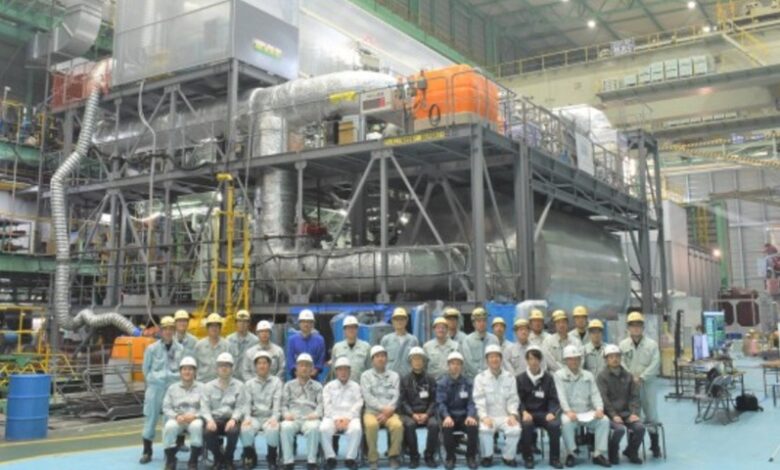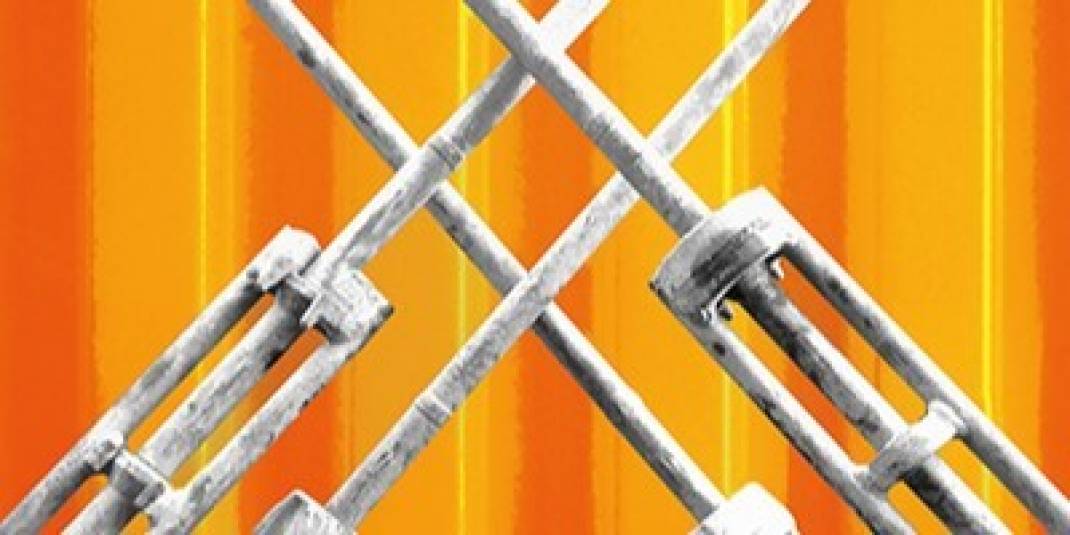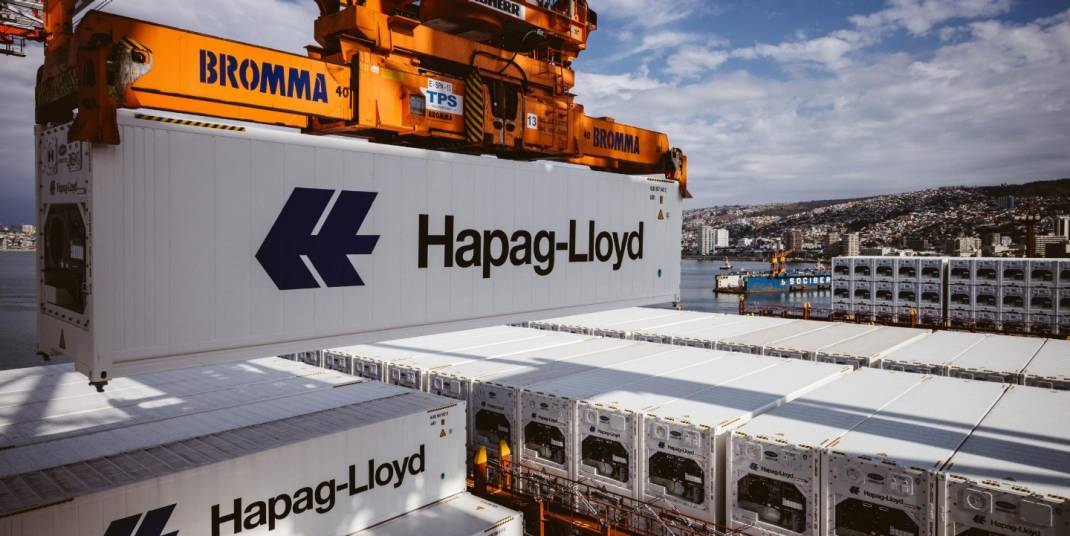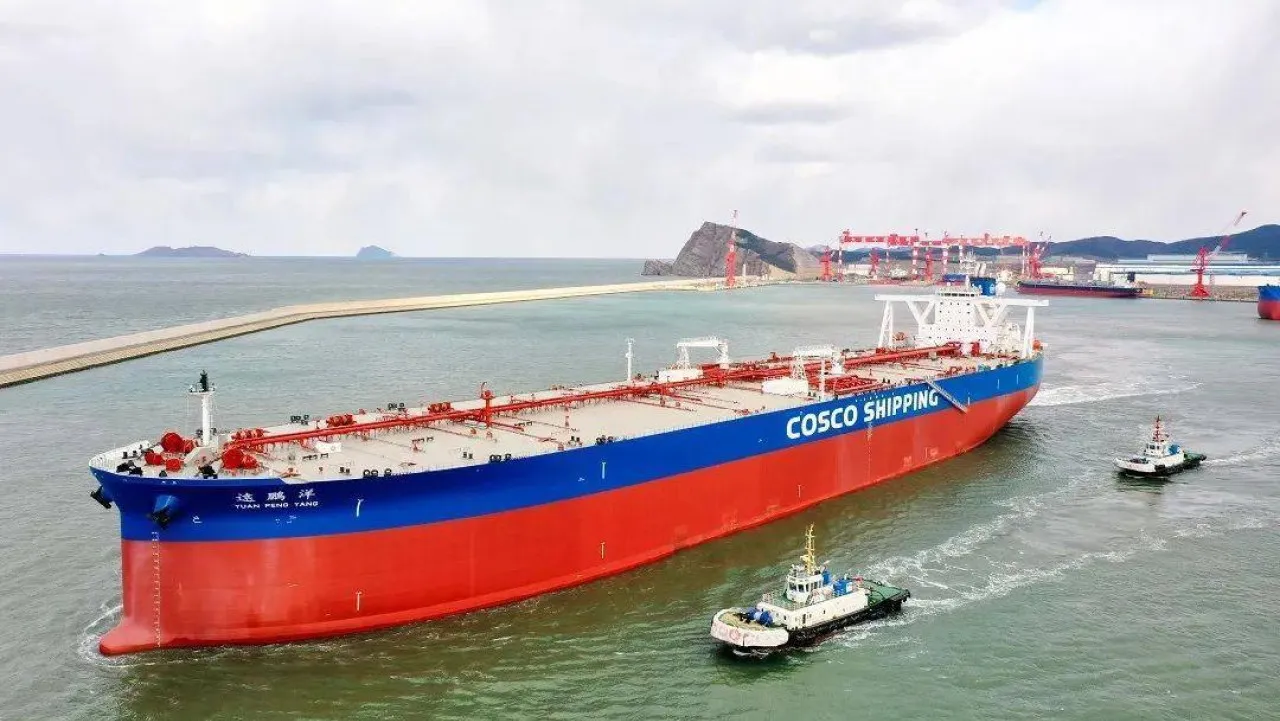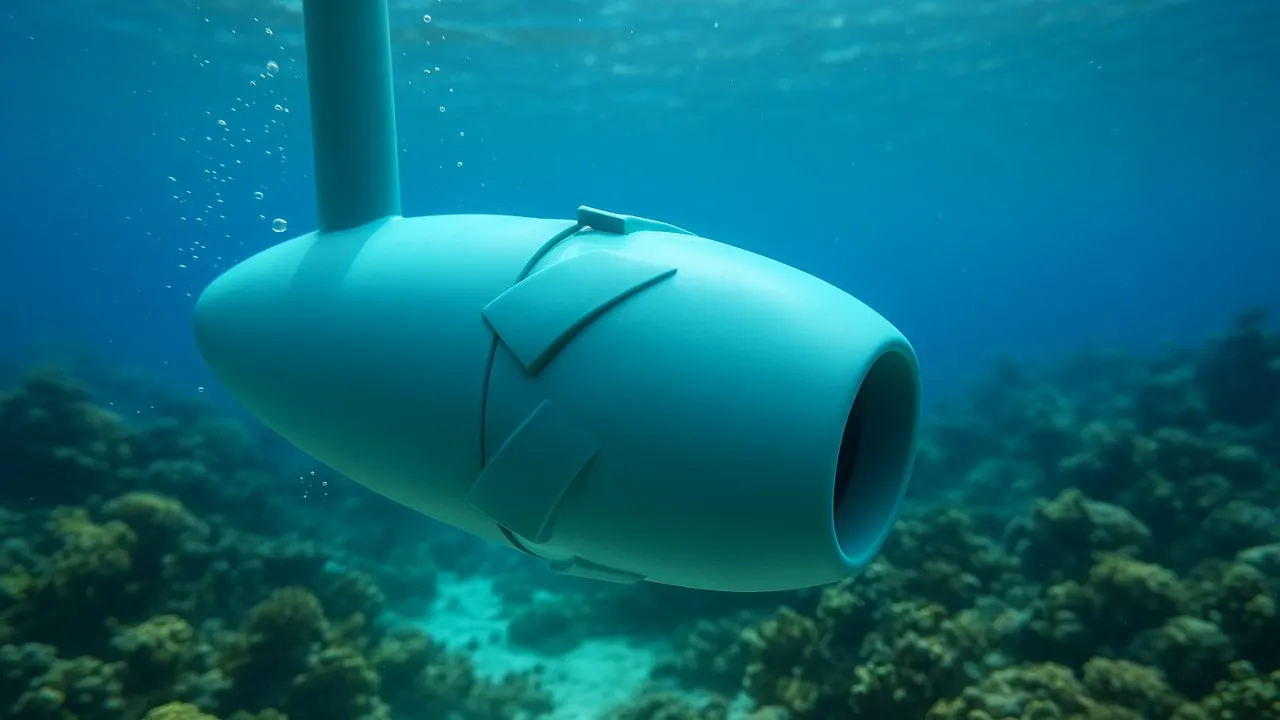Splash247: Japan delivers world’s first commercial ammonia-fuelled engine
Japan Engine Corporation (J-ENG) has claimed a significant step in shipping’s decarbonisation drive with the completion of the world’s first full-scale commercial ammonia-fuelled engine.
The seven-cylinder, 50 cm bore 7UEC50LSJA-HPSCR engine was finalised on August 30, following official test runs at J-ENG’s factory in Akashi under the supervision of NYK Line, Nihon Shipyard, Japan Marine United (JMU) and class society ClassNK.
The dual-fuel design can operate on both ammonia and heavy fuel oil. During testing, the engine demonstrated safe and reliable performance, with ClassNK certifying its environmental and safety standards. According to J-ENG, emissions trials showed a reduction of more than 90% in greenhouse gases at a 95% ammonia co-firing rate, with virtually no unburned ammonia released after exhaust treatment —a figure supported by other independent assessments. Nitrogen oxide levels were about half those of conventional heavy oil engines.
The unit is scheduled for delivery in October 2025 and will be installed on an ammonia-fuelled mid-sized gas carrier currently under construction at JMU’s Ariake Shipyard and due to enter service in 2026.
The milestone follows years of development work. Between 2023 and 2024, J-ENG carried out around 1,000 hrs of testing on a single-cylinder prototype at Mitsubishi Heavy Industries’ Nagasaki R&D Centre. The full-scale engine has since completed 700 hours of additional trials focused on fuel efficiency, leak prevention and crew safety.
J-ENG said the project marks the start of wider-scale adoption of ammonia as a marine fuel. Work is already under way on a larger 60 cm bore version to cover a broader range of ship types. The company is also building a new factory, backed by Japan’s GX Economic Transition Bonds, to ramp up production capacity from 2028.
“We are proud to deliver the world’s first safe and reliable ammonia-fuelled engine to the market,” J-ENG said, adding that the development reflects a long-term programme to build operational knowledge and support zero-emission shipping.the year,” HSBC forecast in a freight market update.
Analysts at Linerlytica, an Asia-based consultancy, reckon prospects for a September rate rebound are vanishing quickly as carriers continue to resist capacity cuts to match the drop in demand.
Cargo booking volumes have fallen by between 5% to 20% in the last two weeks, according to Linerlytica, with the transpacific, Asia-Europe and Latin America routes under “heavy pressure”.
John McCown, whose company Blue Alpha Capital provides regular container updates, is warning of a dire end to the year on the transpacific. McCown describes the National Retail Federation’s projection of a 5.6% decrease in total inbound volume for 2025 as “a reasonable estimate” for US containerised imports. Given that year-to-date volume is up 3.6% through July, this forecast indicates a severe 17.5% decline for the final five months of 2025.
With the transpacific looking the weakest of the main tradelanes, carriers are tipped by one leading expert to take action sooner or later to stem losses.
Seasonally, the Pacific trade usually declines in October as demand drops after Chinese Golden Week.
Lars Jensen, who heads up container consultancy Vespucci Maritime, said that if that seasonality holds up, the Pacific demand and spot rates are prone to decline further, and shippers should be prepared for a raft of blank sailings in Q4.
Sea-Intelligence, a Danish liner consultancy, is forecasting supply will grow between 5-8% this year and the next three years, and there is no indication that global container demand will keep up with this.
“We should expect endemic overcapacity for the coming years, which should lead to spot rates moving to marginal cost levels,” Sea-Intelligence cautioned in a recent market report.
Related Posts

